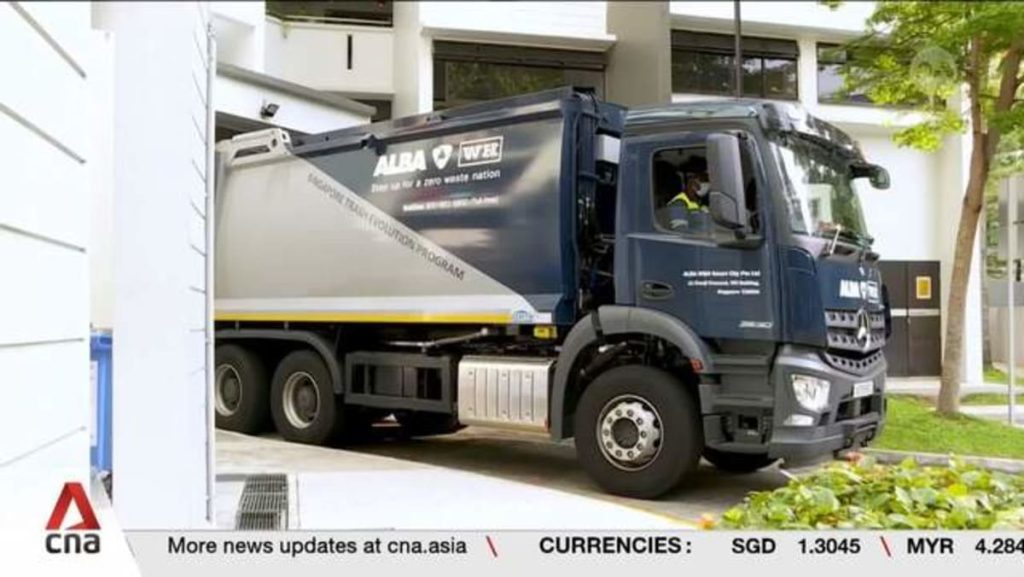E-waste is a growing concern globally, with only 22% of it being recycled according to a United Nations study. Many people are hesitant to recycle their electronic devices due to concerns about the data and personal information stored on them. Senior Minister of State for Sustainability and the Environment Amy Khor believes that despite the rise in e-waste collection, more can be done to improve recycling rates. In this article, Rachel Teng explores what actually happens to electronic devices when they are recycled.
The recycling process for electronic devices typically involves several steps. First, the devices are collected and sorted based on their type and condition. They are then dismantled, with usable parts and components being separated for reuse. This not only reduces the volume of waste that ends up in landfills but also helps to conserve valuable resources. Following dismantling, the remaining materials are processed further to extract any remaining valuable metals or components. These materials are then sold for reuse in new products or industries, closing the loop on the recycling process.
One common concern among consumers is the security of their data when recycling electronic devices. To address this, reputable recycling companies implement data destruction procedures to ensure that all personal information is securely wiped from the devices before they are processed further. This involves using specialized software to erase data from hard drives and other storage devices, as well as physically destroying the devices if necessary. By taking these precautions, recycling companies can alleviate consumer concerns and encourage more people to recycle their electronic devices without worrying about privacy issues.
In addition to data security, another challenge in e-waste recycling is the lack of awareness and accessibility of recycling options. Many people are simply unaware of where or how to properly dispose of their electronic devices, leading them to either hoard them at home or throw them away in the regular trash. To address this issue, governments and organizations can work together to raise awareness about the importance of e-waste recycling and provide convenient collection points for electronic devices. By making recycling more accessible and convenient, more people may be inclined to participate in the process and contribute to reducing e-waste.
Overall, while progress has been made in e-waste recycling, there is still room for improvement. By increasing awareness, implementing secure data destruction procedures, and making recycling more accessible, we can work towards a more sustainable solution for managing electronic waste. With the support of governments, industries, and individuals, we can make a positive impact on the environment and ensure that valuable resources are conserved for future generations. It is important for everyone to play their part in recycling electronic devices and taking steps towards a more sustainable future for our planet.


